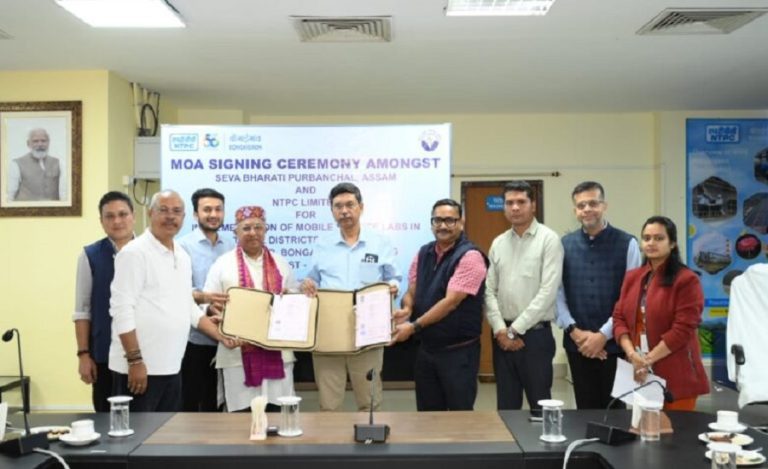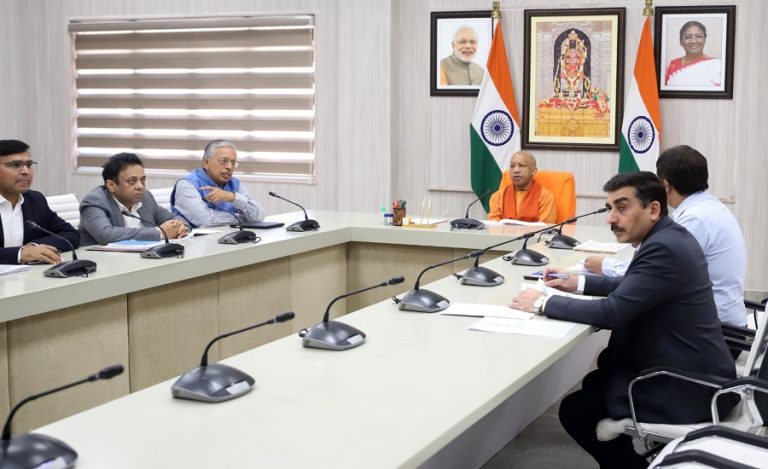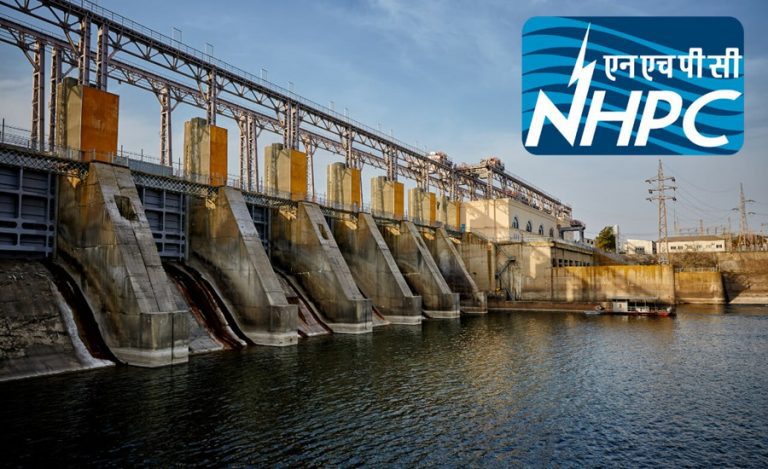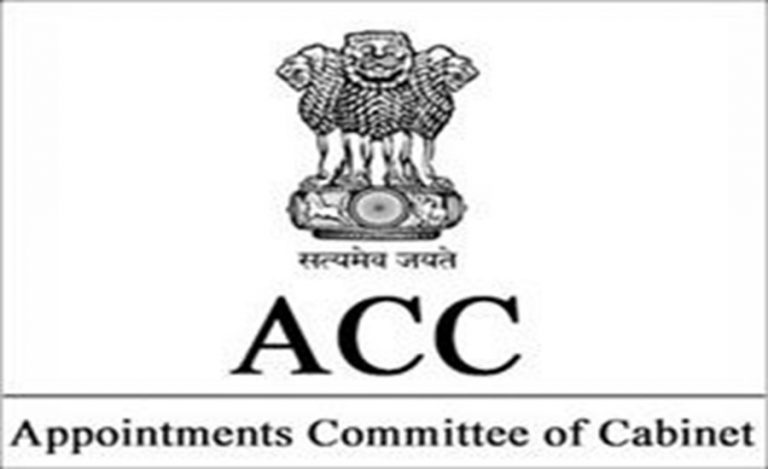New Delhi: India and France entered in the new defence cooperation era as DRDO and Safran are on the verge to formalise to build a 120 kN jet engine to boost make in India in defence manufacturing.
Need of the 120 kN Jet Engine
India has long faced a critical gap in the ability to design, develop and manufacture high-thrust jet engines for advanced combat aircraft. Previous efforts—most notably the GTRE Kaveri engine—fell short of expectations.
In response, the Indian government under the “Atmanirbhar Bharat Defence” (self-reliant defence) vision has placed jet-propulsion and aerospace manufacturing among its top priorities.
Read Also: India’s Bold Sky Revolution: 100 IAF ASPJ Pods to Turn Su-30MKI into an Undetectable Super Sukhoi
A collaboration with France’s Safran is now nearing final approval to co-develop a 120 kilo-Newton (kN) thrust class engine for the upcoming twin-engine advanced stealth fighter, the Advanced Medium Combat Aircraft (AMCA).
120 kN Jet Engine: What’s the Deal & What It Means
→ The agreement envisions full technology transfer from Safran to DRDO / Indian entities — including high-temperature single-crystal blade tech and overall engine architecture.
→ The 120 kN class engine is designed to eventually scale to ~140 kN within about a dozen years, enabling the AMCA and possibly future naval twin-engine fighters.
→ The joint-venture will involve designing, ground-testing and flying prototype engines developed and built in India — providing a foundational leap for Indian aerospace propulsion.
→ It strengthens the domestic supply chain, private-industry participation and reduces dependency on imported engines.
Strategic Impact of 120 kN Jet Engine
Self-Reliance: With this move, India will join the exclusive club of nations able to design & build advanced jet engines (US, Russia, France, UK).
Defence Readiness: The AMCA and future combat aircraft will no longer be constrained by propulsion imports — enhancing long-term strategic autonomy.
Industrial Growth: Large-scale domestic manufacture, supply-chain creation and job-creation are built into the deal.
Geopolitical Leverage: A stronger indigenous aerospace ecosystem boosts India’s standing in global defence partnerships and export potential.
Timeline of 120 kN Jet Engine & Milestones
- Proposal submitted for apex-level approval (Cabinet Committee on Security-CCS) in recent months.
- Prototype development planned over roughly 12 years, with incremental capability growth to ~140 kN.
- Serial production is expected in the early 2030s — aligning with induction timelines of AMCA and future naval jets.
Challenges Ahead
- Jet engine development is highly complex so thermal management, materials, testing infrastructure, reliability all matter. Past efforts (e.g., Kaveri) stumbled.
- The supply-chain ecosystem must ramp up for high-quality components, advanced materials and precision manufacturing are vital.
- Executing a high-thrust indigenous engine within schedule and budget will be critical.
- Integration into aircraft and future exportability will test maturity and market competitiveness.
What This Means for the AMCA Programme
The AMCA twin-engine stealth fighter (under development by India) will get its “heart” in the form of this 120 kN+ engine, enabling advanced performance: super-cruise, stealth compatibility, high manoeuvrability and sustained thrust.
With indigenous propulsion, the AMCA will truly represent home-grown Indian air power, boosting the capability of the Indian Air Force and eventually naval aviation.



























